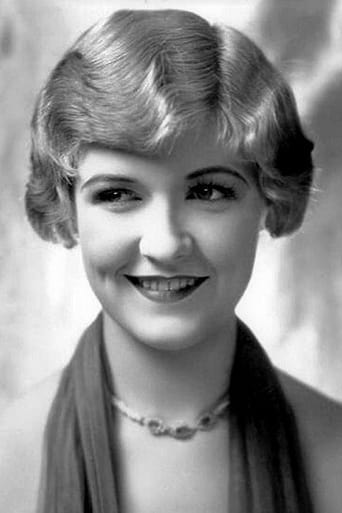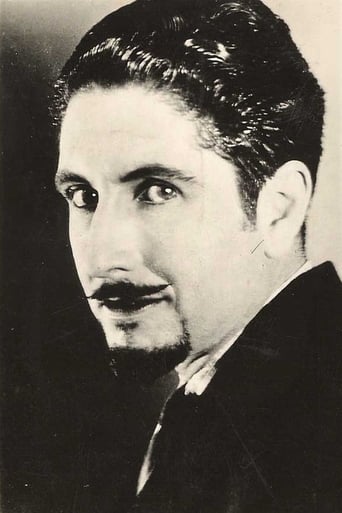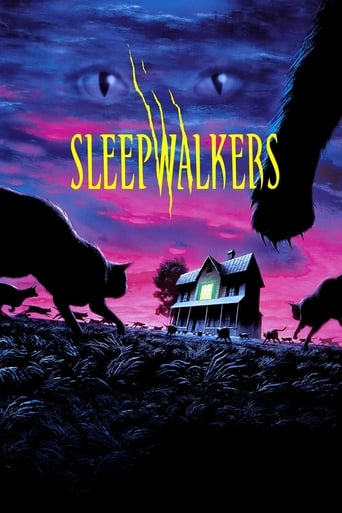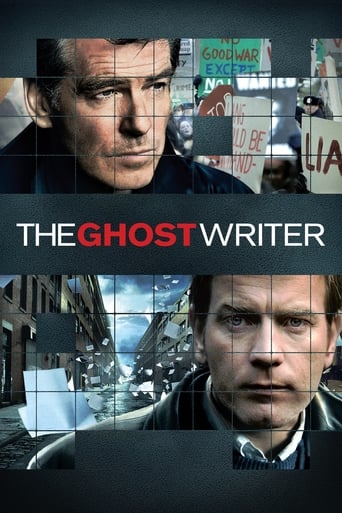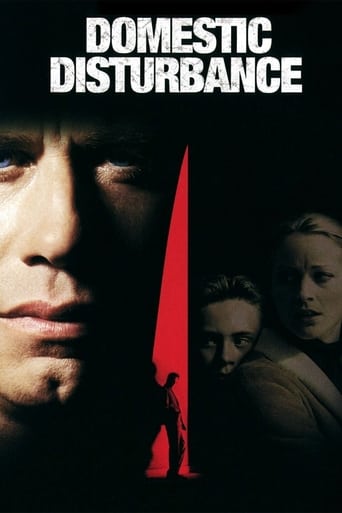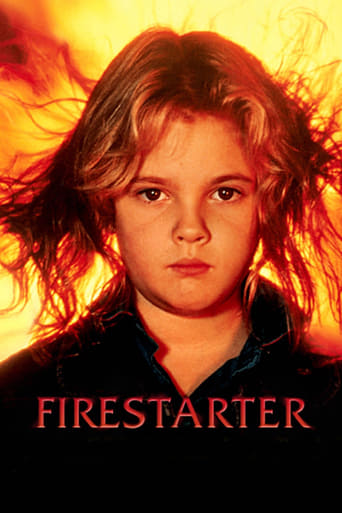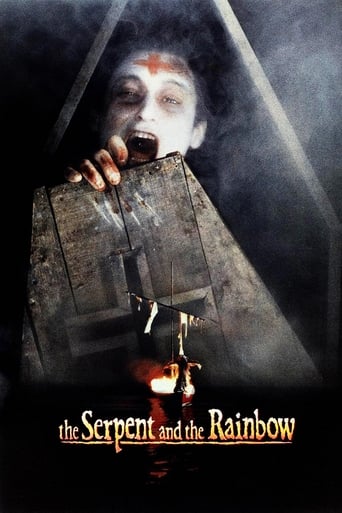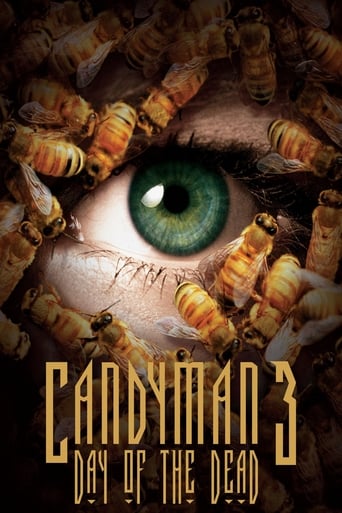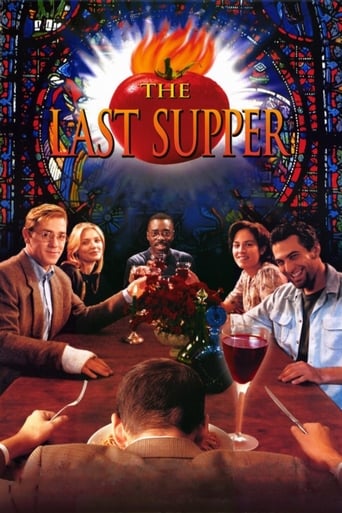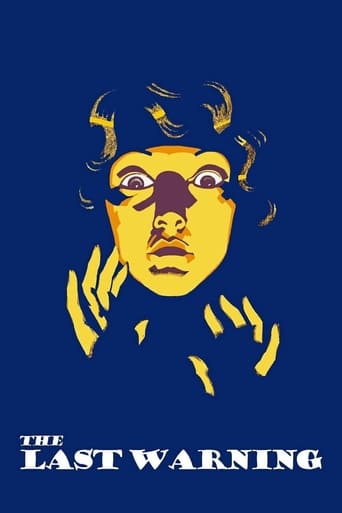
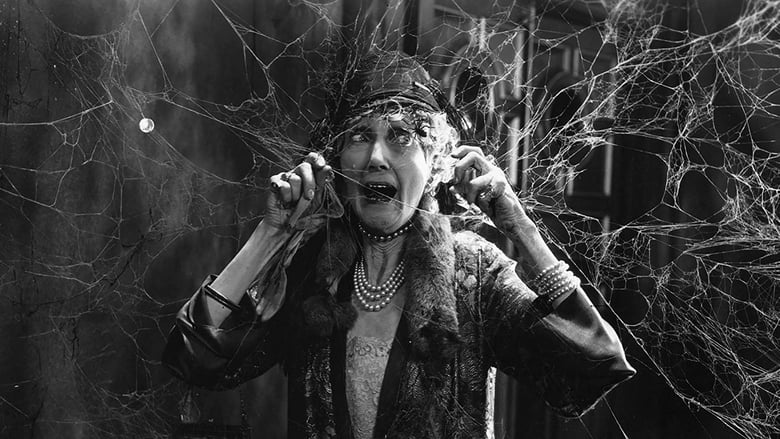
The Last Warning (1928)
A producer decides to reopen a theater, that had been closed five years previously when one of the actors was murdered during a performance, by staging a production of the same play with the remaining members of the original cast.
Watch Trailer
Cast


Similar titles
Reviews
Essentially this is part "Cat and the Canary" and part "Phantom of the Opera" - also silent Universal properties. It has some slack parts but the visual atmosphere helps to cover them up, and it has some very inventive title cards where the writing may be initially blurry and come into focus, or the writing may start up clear and then appear to melt down the page, or it may appear to be underwater.The film is about an actor, John Woodford, in a theatre on Broadway, who dies suddenly when he gets to the part of the play where he is backed into the fireplace by another actor and picks up a candlestick. The lights go out, and when they come back on there is Woodford dead on the floor. The police come to question everybody who was present, then Woodford's body disappears before the coroner gets there. It is discovered by the police that Woodford and another actor, Richard Quayle (John Boles) were arguing in actress Doris Terry's (Laura LaPlante's) dressing room, and both were suitors of hers.So without a body, the investigation cannot go on, the theatre is closed, and the papers are shown having a field day with the "love triangle" that is insinuated to have something to do with the killing. Several years later, Woodford's close friend (Montagu Love as Arthur McHugh) decides to reopen the theatre with the same cast as the night of the killing and the same play. Why does the entire cast return? Because to not return would make them look guilty.But somebody does not want the play to open. Heavy scenery comes crashing down. Smoke bombs go off. Threatening letters are written to members of the cast that they perform at their peril, and some mysterious masked figure is running and jumping about the place and even stealing Doris' purse and putting her personal possessions in strategic places to make her look like she is in on all of the strange happenings. Is it the ghost of John Woodford trying to avenge himself? Well of course not. But it might be the real John Woodford, having faked his own death, and still mad at Boles and LaPlante for his romantic rejection. Watch and find out what is behind all of this.The visuals are just great here. The opening scene reminds me somewhat of 1929's Broadway with all of the pictures of the Broadway nightlife of 1929. Also, the theatre, from the outside, looks like the face of some frightening creature complete with eyes, a nose, and mouth. I just wish better prints were available.
I don't have too much to say about "The Last Warning." It's not much of a horror film. There's certainly some horrific elements floating around. The story revolves around an actor dying mysteriously on-stage during a theatrical performance. Years later, a man reopens the theater and decides to restage that play, in hopes of luring out the murderer. This plan is wildly successful.Sometimes, the only difference between a murder mystery and a horror film is the delivery. "The Last Warning" is focused on sleuthing. A large portion of this short film is devoted to sneaking around the theater, investigating things. There's plenty of cobwebs, reported ghost sightings, creepy old prop dummies, and a killer in a weird mask with monster claws on. However, all of these things make up a small portion of the film.Because of the lousy condition of my copy, the inappropriate musical score, and the silent format, I had trouble sousing out the individual details. The man responsible for the investigation seems to give a good performance. An old man who constantly yells at a stage hand for dancing or singing is funny. But other details, such as who exactly everyone is and the obligatory love story, got lost among the static.This was the second teaming of director Paul Leni and star Laura La Plante, after "The Cat and the Canary." Leni's visual sense continues to be strong. An opening montage establishes the Broadway spirit in a surreal, interesting way. Shots, like a grasping hand appearing over the action, a wounded man stumbling out of the shadows of a secret passageway, or a bump appearing in the carpet from under the floor, are nice touches. La Plante has even less to do here as she isn't involved much in the action. The film's Broadway setting made me think Universal was hoping for a cheaper "Phantom of the Opera." The climatic sequence, involving the cops chasing a murderous man in a creepy mask across the theater, certainly recalls that film. Perhaps not coincidentally, it's also the best moment in the movie. Generally speaking though, I don't think "The Last Warning" has much to offer horror fans, classic or otherwise.
Last Warning, The (1929) *** 1/2 (out of 4) Paul Leni (The Cat and the Canary, The Man Who Laughs) directs this Universal horror film, which has been forgotten over the years but if you've seen some of the studios bigger pictures then you've can tell what all this film has influenced. A popular show on Broadway, inside a creepy theatre, is closed down after the mysterious murder of one of the actors. Years later the police reassemble the original cast and bring them back to the theater to see if they can trap the murderer but it might be a ghost they're dealing with. This film mixes elements of The Phantom of the Opera with the old dark house themes of films like The Bat and delivers a terrific entertainment. This film has never been officially released so I had to view it via what appears to be a 16mm print and the quality was pretty bad throughout so if I get a chance to see a pristine print then I'll probably bump my review up. The technical eye of Leni, who died after this film, is untouched by nearly everyone as he's constantly trying new and different things with the camera. I love how he'll have a medium shot and then move the camera in to show some evidence before moving it back out to let the action role. The film runs just under 80-minutes and goes by very fast with some exciting action but also a great story to work with. The actors, including John Boles who would later appear in Frankenstein, all do nice work as well. There are a few twists and turns along the way that actually work well within the story. This film works on a technical level as well as the story level and that makes this a wonderful little gem that needs to be rediscovered. The only thing people know about this movie nowdays is that it was a huge influence on James Whale and this is easy to see. There's a woman here, used as comic relief, which is later a carbon copy in Una O'Connor. The Old Dark House also lifts some shots here but I won't say which ones since it'll ruin scenes in both movies. The score here was also later reused in Dracula and this film was shot on the same sets as The Phantom of the Opera so there's a lot of connections here.
Another idiot plot, similar to that of "London after Midnight": An actor is killed on stage. The theatre is shut down and rumored to be haunted by the actor's ghost. Long after the murder, a policeman with 'way too much time on his hands reopens the theatre to restage the production with the original cast (uh, with a new leading man). A couple of people refuse to go along but are scared that if they don't, it will make them look guilty. (Huh?) Someone terrifies the actors in ways that would terrify nobody, e.g. by leaving notes like "Do not do this play--Signed, my ghost." A mysterious figure skulks around in a creepy mask. The policeman's plan in re-creating the production is to bring the murderer to light; what he has in mind is unclear, but luckily for him the murderer obligingly duplicates the crime--like there's a rule he has to. His motive and means seemed unlikely to me, but who knows with these theatre people?In short, a silly, silly plot. But Leni directs it very deftly. I'm not a fan of his "Cat and the Canary," despite some inventive shots: the lead is unfunny, the tone keeps varying, and the play (none too great to start with) is fragmented. The movie looks to me as if it had undergone much re-editing. By contrast, this and "The Man Who Laughs" are just as inventive but much more sure-handed. Of course "The Man Who Laughs" is serious and this one isn't, but it's visually lively all the way through and the actors are well used. Montague Love is as good as always and John Boles gives the leading man more depth than he probably deserves. Laura la Plante's wide-eyed close-ups remind me somewhat of Fatty Arbuckle's, but Leni may have had his tongue in his cheek there.Now, if someone will resurrect "The Chinese Parrot"....


